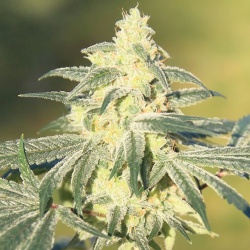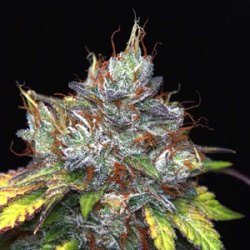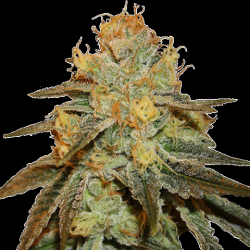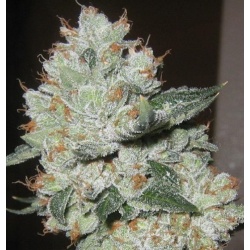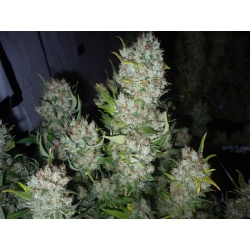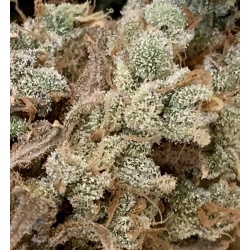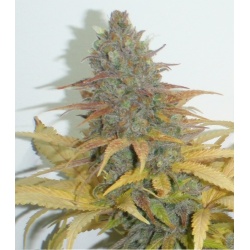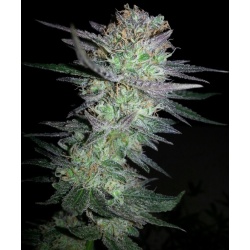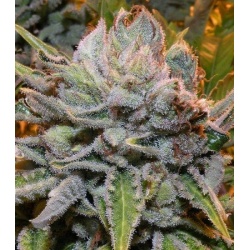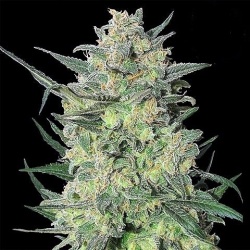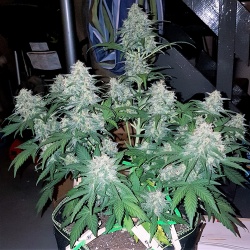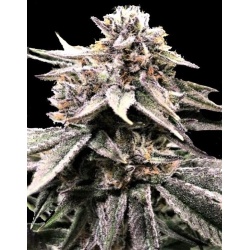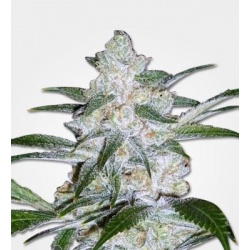Topping this technique means chopping from the tips of the plants branches to allow it to develop thicker and much more compact along its edges. Generally, cannabis plants have one main stem that grows vertically. A training technique called topping involves the removal of the top of the plant. But, why would you want to purposely damage and stress your plant?
While it may seem extreme, cutting off the top of the main stem causes a plant’s the lower growth to push out more to grow into their own stems and, eventually, into colas in the flowering stage. Instead of your plant growing tall and skinny.

2 Fimming
Close to tops but somewhat towards a ‘haircut’ then cutting the entire top directly. The crop itself is rather stressful. Fimming promotes bushy development and boosts yield. The above is additionally of a teaching instrument for an inexperienced marijuana plant that promotes bushy expansion, increases additional vegetation as well as branching laterally.
This method burst from the errors of people when they attempted to perform the method of Topping. Fimming is a type of high-stress training (HST) technique that removes the top of the plant. Instead of completely removing the top of the main stem, however, fimming requires removal of about 50-75% of the stem.
Think of it as a botched topping technique. Despite its messy look, fimming can result in four new stalk growths compared to 2 when topped. In addition, both techniques can spur lateral branch growth over vertical growth.

3 Lollipopping
This method would be where both side stems and those small lower branches mostly on the crop are hidden. Lollipopping involves removing most of the lower and underdeveloped branches of your plant and leaving behind the top and most productive branches. In the end, your plants will have a lollipop look with a thin lower stem and a bushy upper part.
Essentially, you're removing the branches and leaves that don't get enough light to focus growth on the bud sites on top.
4 The Screen Of Green (SCROG)
Screen of Green is when a screen (usually of netting or chicken-wire) is attached at a certain height above the plants. This makes sure that your plants only grow as high as you’ve chosen. Once your cannabis grows to the height of the screen it will start growing out to the sides, making the plant wider. A shorter, wider plant makes sure that more of the plant is directly exposed to the light above. This is a technique that typically results in a healthy plant and very high yields.
5 Low-Stress Training (LST)
This technique involves slowly rotating the stems so they can expand in a specific direction. That’s close to having your tooth through braces.
You might be wondering if it’s okay to stress plants, but the truth is plants are able to undergo stress. The reason we stress plants is to bend our stems into a shape that best fits the available space and makes sure it's growing in the right direction. This can help increase yields, and make the most out of your growing space.
6 Monster Cropping
This technique has the name Monster Cropping because it results in so many flowers, so it has almost a monster result. Monster Cropping is where you take clones of a plant during the flowering phase, replant them, and revert them back to the vegetative growth stage. This allows you to save on seeds, have have continous harvests.
In order to switch the plant back to vegetative growth, you simply need to give the plants more light than you would in the flowering stage.
One of the cool things about Monster Cropping is that you don’t have to keep the mother plant in order to let the clones grow. Many times the mother plant becomes big and spreads out. You can take several cuttings to save space, harvest the mother and still have several plants that will be ready for harvest much sooner than if you were to start again from seed.
7 Super Cropping
This technique is twisting (nearly breaking) each branch as well as primary stem to maximize uptake of nutrients, leading to greater output or even yield. Super cropping is a form of HST that involves gently crushing (without completely breaking) a part of the top branches from your plant to create an even canopy. Crushing the inner core of a healthy branch makes it more pliable and easy to bend as you please.
At the site that's been compressed, you can bend the stems at a 90-degree angle away from the plants to allow the lower bud sites to get enough light. Perform the technique across the entire canopy
8 SOG (Sea of Green)
Sea of Green is a fast growing technique that lets you quickly grow many small plants. This is a good method for people who are short on time and need short plants due to height restrictions.
Sea of Green is where you put many small plants very close together in your grow space. By packing them in tightly you may be restricting their room to grow, but you are ensuring that there isn’t wasted light or wasted space in your tent. Through this technique the plants need a very small amount of time to grow and enter the bud phase, letting you harvest your plant quickly. The restricted space will also mean that there is far less trimming you need to do because it is less likely to grow small branches that can pull the energy away from the main plant. 
9 Main-Lining
Main-lining combines LST and HST techniques such as lollipopping and topping to create a manifold of branches directly connected to the main stem.
When a young plant has developed about five or six nodes you can start to top the plant above the third node and remove all foliage under that node to focus growth on everything above.
In addition, the new branches are gently tied down for them to grow at a 90-degree angle. Subsequent topping and tying eventually creates 8 colas at the very least on an even canopy.
10 Pot size
The pot size has a big factor in your outdoor or indoor grow. The BIGGER THE POT THE BIGGER THE PLANT from experience i have learned that the size of your pots makes a world of difference.
Here is an example of an outdoor experiment I did. I went and purchase 6 fabric pots (smart pots) 2 fifty gallons pot, 2 one hundred gallons pot and 2 hundred gallons pot planted skunk number 1 in all of them.
Results at the end of the summer the 50 gallons pots were about 9 to 10 feet tall, the 100 gallons pots were 13 to 14 feet tall and the 200 gallon pots were over 17 feet tall. Very important to add 50% to 40% of pro mix in your pots with some good soil, compos or manure.


